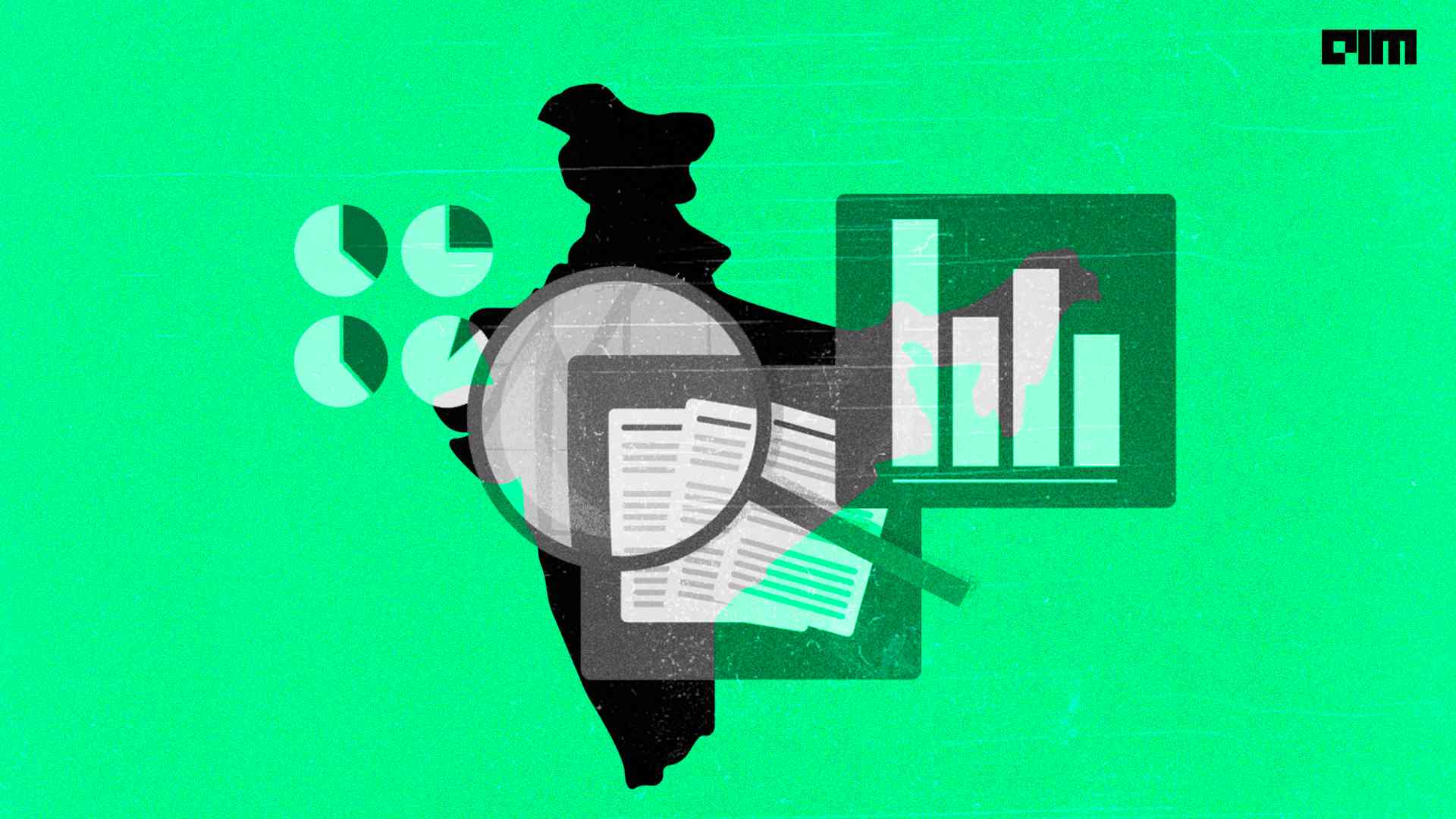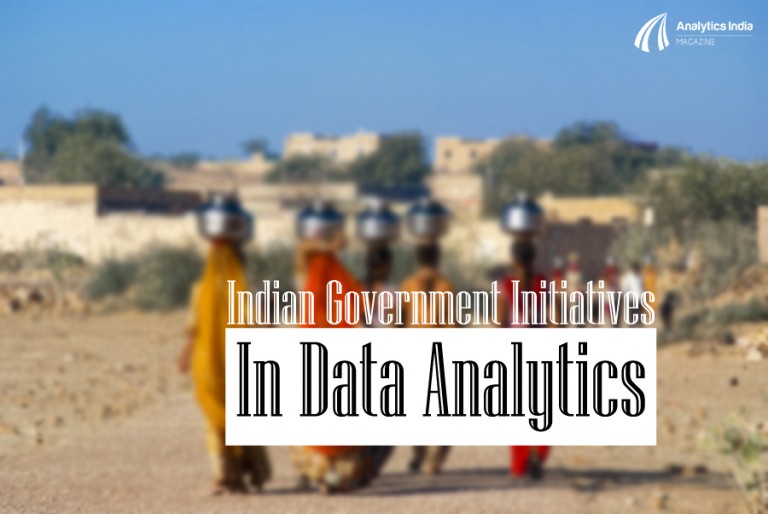|
Listen to this story
|
In 2021, the Ministry of Rural Development’s (MoRD) Data and Insights Unit hired members to responsibly use data science to improve rural-development service delivery across schemes. The team has managed to excel in several areas since its inception last year.
For Pradhan Mantri Gram Sadak Yojana (PMGSY), the team developed an AI-based warning system which flags suspicious payments by comparing road inspection images with payments made to contractors for maintenance. A state-wide AB test is live to check the impact of warnings and critically examine algorithm-human interactions. The team combines qualitative and quantitative research methods to check the system’s capability.
At PMGSY, the team built an algorithm called ‘Trace Maps’, which simulates rural traffic from over a million habitations to 800,000+ rural points of interest to generate road level scores used to guide rural road engineers on the ground. This is an additional source of information over and above the recommendations from elected representatives, local field knowledge, and block/district level panchayats.
Other schemes by MoRD
In February 2022, MoRD also released Geographic Information System (GIS) data developed for the PMGSY scheme in the public domain as an important contribution to the National Geospatial Mission. The GIS dataset created under PMGSY-I&II is available for view and is open to the public. GeoSadak has been developed utilising fully indigenous GIS data layers and satellite data services.
Under the Deen Dayal Upadhyaya Grameen Kushalya Yojana (DDUGKY), a youth employment scheme, the government-paid private training providers submit documents to prove that the trained rural youth is employed. Documents including a pile of salary slips, bank statements, and offer letters are submitted. The team is building text-based algorithms to reduce the administrative burden of verifying these documents.
The algorithm will segregate candidates’ wrong documents or re-use proofs from the rest. Some algorithms are live with complex deployment tech to figure out ways to handle honest mistakes and intended frauds.
For the National Rural Livelihood Mission, a poverty alleviation project, the team performed a detailed policy analysis on operational delays by geography and social categories on self-help groups (SHGs) opening bank accounts and receiving financial entitlements. To solve the root cause, the team is creating a suite of decision support tools to help states and districts maintain equitable and on-time distribution of entitlements as supply is often constrained versus demand and capacity is limited. Currently, user interviews for interfaces and needs are being conducted.
Using examples from MoRD schemes like PMAY and NREGA, the team designed and delivered a 10-module course to understand tools like ‘Excel’ and ‘Powerpoint’ better. The team’s target for this project is ministry-wide MIS/M&E officers.
The course illustrates better ways to execute everyday government tasks like reviews, data-based letters for the state and decision-making for policies. It aims at improving the existing capacities needed to scale data-driven work.
Public sector data work is not always represented accurately in academic work. To fill this gap, the team is providing first-hand critical accounts of the work they have been doing.
For the implemented projects, data scientists, product managers, policy and human-computer interaction (HCI) researchers frequently travel to villages, block HQs, districts and states for scoping, designing, and feedback.
Currently, the team is only scratching the surface of what such small in-house, interdisciplinary, and technically proficient teams can do in government.
Initiatives by other Ministries
Presently, with advancements in the Indian IT sector, the government is taking several initiatives for data science education. For instance, the government has taken several steps to upgrade big data education across the country and bridge the skill gap. In the recent Union Budget 2022, Finance Minister Nirmala Sitharaman emphasised taking up various initiatives in 2022 to focus on children’s digital education. The PM e-VIDYA initiative proposes to launch a digital university as well.
In the past few years, the Ministry of Science and Technology under the Big Data Initiatives Division has taken up a Big Data Initiatives Programme, under which financial aid will be provided to support the research and development of big data across India.
Financial aid has also been extended to support and establish the Centre for Excellence in big data analytics, predictive technologies, cybersecurity, and others. Additionally, the programme supports national-level conferences, workshops, seminars, brainstorming sessions and other financial initiatives to support the in-house programmes for the faculty and UG/PG/doctoral students. The program focuses on enhancing the ‘5Vs’, i.e., volume, velocity, variety, value, and veracity of big data education amongst Indian students.
In 2016, the Comptroller and Auditor General of India initiated the Centre for Data Management and Analytics (CDMA) to synthesise and integrate relevant data for auditing.
Currently, the National Highways Authority of India (NHAI) is setting up a similar team as MoRD’s Data and Insights Unit by hiring data scientists and product managers for its ICT Project Monitoring Unit.
The Indian government has launched the above initiatives to solve data science challenges across the ministries, including but not limited to storage and computational power, algorithm designs, data distribution, and implementation.
In conclusion, big data and analytics offer tremendous untapped potential to drive great business outcomes. For organisations to leverage India as a global analytics hub can be one of the key levers to move up their analytics maturity curve.












































































